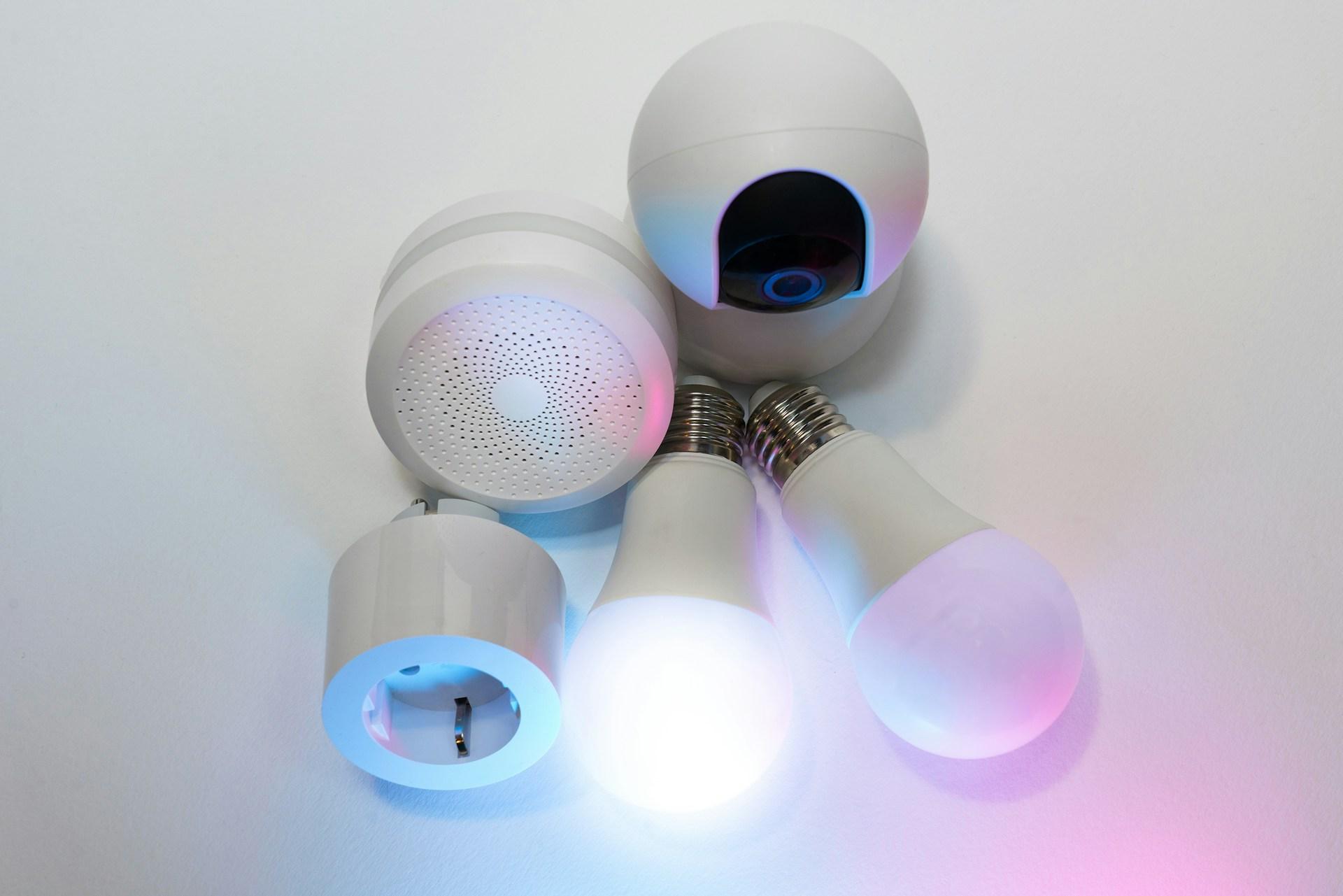Now, you can easily install light bulbs that adjust themselves, speakers that respond to commands, or doorbells that send live video to your phone. These devices promise convenience, but the trade-off often lies in overlooked assumptions about privacy. It’s easy to think that if something functions well, it must be safe.
We’ve learned to choose secure platforms for everything — banking, messaging, even casual entertainment. Whether it’s logging into a shopping site or taking a break with a quick play session, we look for trust signals. To see one example of a secure way to play online, click here. Ironically, we tend to apply less scrutiny to the connected devices sitting inside our own homes.
Misconception 1: Smart Devices Only Collect Necessary Data
Many users think the only trade-off is convenience for minor information. That’s not how it works. Real risks emerge when companies treat homes as data farms, and people assume silence equals safety. Misunderstandings about who accesses what and when can lead to decisions that quietly give away far more than expected.
Misconception 2: Devices Only Listen When Activated
The idea that smart speakers and assistants only start recording after a wake word like “Hey Alexa” or “OK Google” gives users a false sense of control. In reality, these devices are always listening for those trigger words and sometimes, they get it wrong. Misheard phrases can activate recording accidentally, leading to unintended audio being stored, analyzed, or even sent to servers.
Misconception 3: All Smart Devices Are Secure by Default
Cheap connected cameras, for instance, have repeatedly been exposed in breach incidents, where video feeds were accessed remotely without users’ knowledge. Unlike your phone or laptop, these devices rarely prompt for security updates, and users don’t think to change settings buried three menus deep. Worse, manufacturers often abandon support after just a couple of years.
Misconception 4: Privacy Settings Are Always Transparent
A setting for voice recordings might be under “account,” while ad personalization sits under “notifications.” And in many ecosystems, you’ll need to adjust preferences in both the app and the browser-based dashboard. Companies don’t always explain what toggling off “personalized experiences” actually stops. Without a plain-language breakdown of what’s collected and shared, the illusion of control is just that — an illusion.
Misconception 5: Data Collected Stays Private]

User activity — everything from voice commands to temperature preferences — often gets packaged, anonymized (in theory), and sold to third parties. In some cases, data ends up in the hands of marketers; in others, it’s passed to analytics firms that build consumer profiles across platforms. A major concern here is that “anonymized” data can often be re-identified, especially when combined with data from other sources. It’s not just about ads, either — insurers, landlords, and even law enforcement agencies have shown interest in this information.
Misconception 6: Smart Devices Don’t Affect Overall Network Security
Many people treat smart home gadgets as isolated tools — a light here, a plug there — but the network doesn’t see it that way. Every connected device becomes part of your home’s digital architecture. A single insecure gadget is all it takes to create a vulnerability.
Attackers often target small, overlooked devices that users rarely update or secure. From there, they can escalate access and compromise the broader network. Common weak spots include:
- Smart plugs with default credentials
- Wi-Fi-enabled cameras without encryption
- Devices with outdated firmware and no update mechanism
- Cheap imports that skip even basic security testing
Misconception 7: Privacy Concerns Are Overblown
There’s a tendency to downplay privacy concerns, viewing them as exaggerated. Yet, incidents like unauthorized data collection and sharing validate these worries.
Misconception 8: All Smart Devices Are Necessary
Believing that every smart device enhances convenience can lead to unnecessary purchases. Some devices offer minimal benefits while posing significant privacy risks.
Misconception 9: Privacy Laws Fully Protect Users
Many assume that existing laws keep companies in check. But laws like the GDPR or California’s CCPA only go so far, and enforcement varies widely. In the U.S., there’s no federal privacy law specifically covering smart devices.
Companies can change terms of service at will, and most users click “agree” without reading. Data breaches are often disclosed months after the fact, and penalties tend to be small relative to company size. Until there are clear, enforceable limits on what companies can collect, process, and retain, the burden falls on users to protect themselves.

